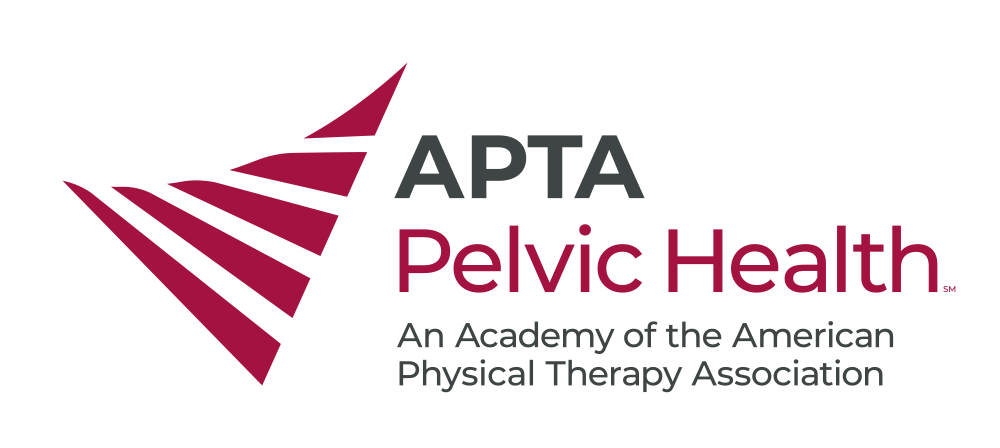In a prospective observational study of postpartum women, Leopold and colleagues found a decrease in interrectus distance, and improvements in both low back pain related disability and stress urinary incontinence following a 12-week online core strengthening program. Continue Reading
Research & Knowledge
Research-related announcements and news
Uncover the latest advancements, evidence-based research, and clinical practice guidelines in women's and pelvic health physical therapy published in the Journal of Women's and Pelvic Health Physical Therapy and explore current research studies and other research opportunities and resources.
Contribute to our Research & Knowledge Series! Are you an author of research that was published in the Journal of Women's and Pelvic Health Physical Therapy? Are you a current researcher? Our Academy members would love to hear from you about your career in research, key takeaways about your published research, and how your research can translate into practice.
🩷 Donate to Pelvic Health Research
Journal of Women’s Health Physical Therapy (JWHPT) invites you to explore the 5 most talked-about articles published in 2020. Available for free for a limited time in honor of Physical Therapy Month. Continue Reading
Planning to nurse? Health experts agree that breastfeeding is the healthiest option for both mom and baby. Most healthcare experts recommend nursing for the first 6 months of the baby’s life, and then continuing to have breast milk in the baby’s diet for one year. Continue Reading
The JWHPT Editorial Team is thrilled to welcome Jennifer Bagwell PT, PhD, DPT, as our new Associate Editor. Jenny is an Assistant Professor in the Department of Physical Therapy at California State University Long Beach. Continue Reading
Hip and Pelvic Floor Muscle Strength in Women with and without Urgency and Frequency Predominant Lower Urinary Tract Symptoms. Previous research has focused on hip strengthening for symptoms of stress urinary incontinence, but a new research report explores how hip strength is related to lower... Continue Reading
The Academy is delighted to announce the recipient of the 2021 $5,000 Research Grant Award, Andrea Wood, PT, DPT, Board-Certified Women’s Health Clinical Specialist (Fellow/Principal Investigator) and the investigative team... Continue Reading
But when it comes to sexuality, are we preparing students to get comfortable addressing issues with patients? What factors do or do not impact students’ comfort level and what are the barriers to PT students addressing sexual issues with patients? Continue Reading
Traditional treatments for pelvic organ prolapse (POP) assume weak pelvic tissue as the cause. Pelvic floor muscle training has been shown to improve POP symptoms but not prolapse stage and does not reduce rates of referral for future treatment (eg, pessary or surgery)... Continue Reading
Exercise interventions to improve pelvic floor muscle functioning in older women with urinary incontinence: a systematic review. Pelvic floor muscle (PFM) training is known to be an effective intervention to reduce urinary incontinence, but less is known about the specific methods of PFM training... Continue Reading
This issue contains valuable articles, which are immediately applicable in your pelvic health practice. Dockter and colleagues surveyed physical therapy students from 3 distinct programs regarding their comfort level in discussing sexual issues with patients including the influence of demographics a Continue Reading
Can an Outpatient Exercise Program for Pregnancy Related Pelvic Girdle Pain Improve Pain & Function Versus Education? A Feasibility Study. Pregnancy-related pelvic girdle pain (PRPGP) is a type of low back pain that is estimated to affect up to 72% of the antepartum population and 25%... Continue Reading
“No One Told Me About This Part”: What Breastfeeding Women Want and Need to Support their Physical Health. A large proportion of breastfeeding women are sedentary or engaging only in light activity despite the recommended minimum of 150 minutes of moderate activity per week... Continue Reading
